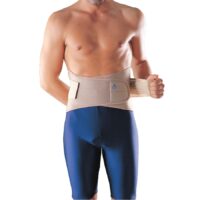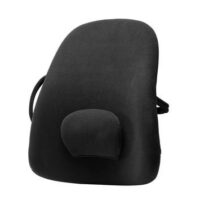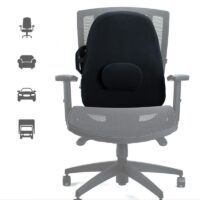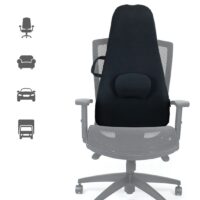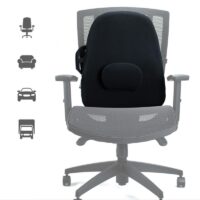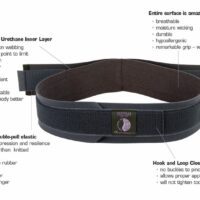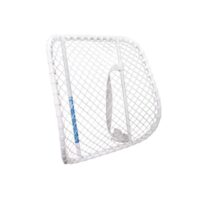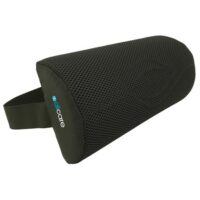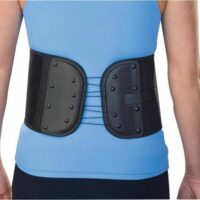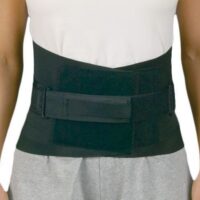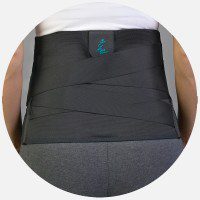What is the Best Back Pain Treatment Approach?

Back pain is a common issue affecting many people. Treatment for back pain should be tailored to individual needs, considering factors like underlying causes, genetics, and overall health. This article discusses effective treatment options for back pain and the importance of personalised care.
As physiotherapists, we follow the latest Low Back Pain Clinical Standards as the basis of your individualised back care assessment and treatment. These guidelines were updated in 2022.
LOW BACK PAIN CLINICAL CARE STANDARDS
1. Early Clinical Assessment
Assessing patients early in each new presentation of back pain is crucial. During the initial clinical assessment, consider:
- Targeted history: Document pain, past history, functional capacity, and health comorbidities. Identify any signs of specific or serious pathology.
- Physical examination: Evaluate movement, functional capacity, and pain interference.
- Neurological examination: Focus on patients with back pain that extends to the legs.
2. Referral and Monitoring
Refer or conduct investigations if there’s a suspicion of serious underlying pathology. Immediate referral to an emergency department is necessary for suspected cauda equina compression, spinal infection, or acute severe neurological deficit. Consider imaging if there’s a suspicion of a fracture.
Imaging for Serious Pathology
Imaging is vital for identifying serious pathology when suspected. It’s not recommended for those without features indicating serious pathology, as it often doesn’t change management plans and can cause unnecessary concerns. MRI is preferred over CT and X-ray due to better sensitivity and safety.
3. Psychosocial Factors
Screen for psychosocial factors using risk assessment tools like STaRT Back or Örebro. Assess elements that might delay recovery, including:
- Patient concerns, beliefs, and pain-related fears
- Avoidance and protective behaviours
- Pain-related distress, lifestyle factors, and social stressors
- History of mental health issues
4. Patient Education and Advice
Educate patients about the positive natural history of back pain and the low risk of serious underlying disease. Encourage relaxed, graded movement and activity, and returning to work and social activities. Explain that movement won’t cause harm and there are no “bad” movements or postures. Provide written explanations and tailored educational resources to reinforce key messages.
5. Self-Management and Physical Activity
Advise patients to maintain or gradually return to normal activities, including spinal movement and physical activity. Prolonged bed rest should be discouraged. Support patients to self-manage symptoms by:
- Prioritising active management strategies
- Mapping out a plan for graded movement and activity
- Setting SMART goals (specific, measurable, achievable, relevant, and time-bound)
6. Physical and Psychological Interventions
Based on psychosocial risk assessment findings, advise active coping strategies to optimise physical and psychological health. For most with new back pain, additional therapies aren’t necessary as the pain usually improves naturally. Offer hands-on therapies as an adjunct to facilitate independent symptom management.
7. Judicious Use of Pain Medicines
Physiotherapists can’t provide specific advice on pain medication. Patients with severe, distressing pain should consult a GP for pain management. The goal of pain medicines is to reduce pain to support continued physical activity and work, not to eliminate pain completely. Combine pain medicines with physical activity and self-management strategies to improve function and mobility.
8. Review and Referral
If pain persists or worsens, reassess to reconsider diagnosis, check for alerting features (red flags), and review psychosocial factors and self-management engagement. Refer to ED if new concerning features are identified. For disabling back or leg pain, refer to:
- GP for review and pain management
- Specialist physiotherapy for high levels of pain-related fear and distress
- Psychologist for psychological comorbidities
- Imaging and surgical review if severe neurological signs and symptoms persist
Conclusion
Personalised care is essential in back pain treatment. An early assessment, patient education, and a mix of physical and psychological interventions can significantly improve outcomes.
What to Do?
If you’re experiencing back pain, seek advice from your physiotherapist. They can guide you through personalised treatment options and help you manage your back pain effectively.











